- Overview
- Trip Outline
- Trip Inclusion
- Trip Exclusion
- Gallery
- Reviews
- Booking
- FAQs
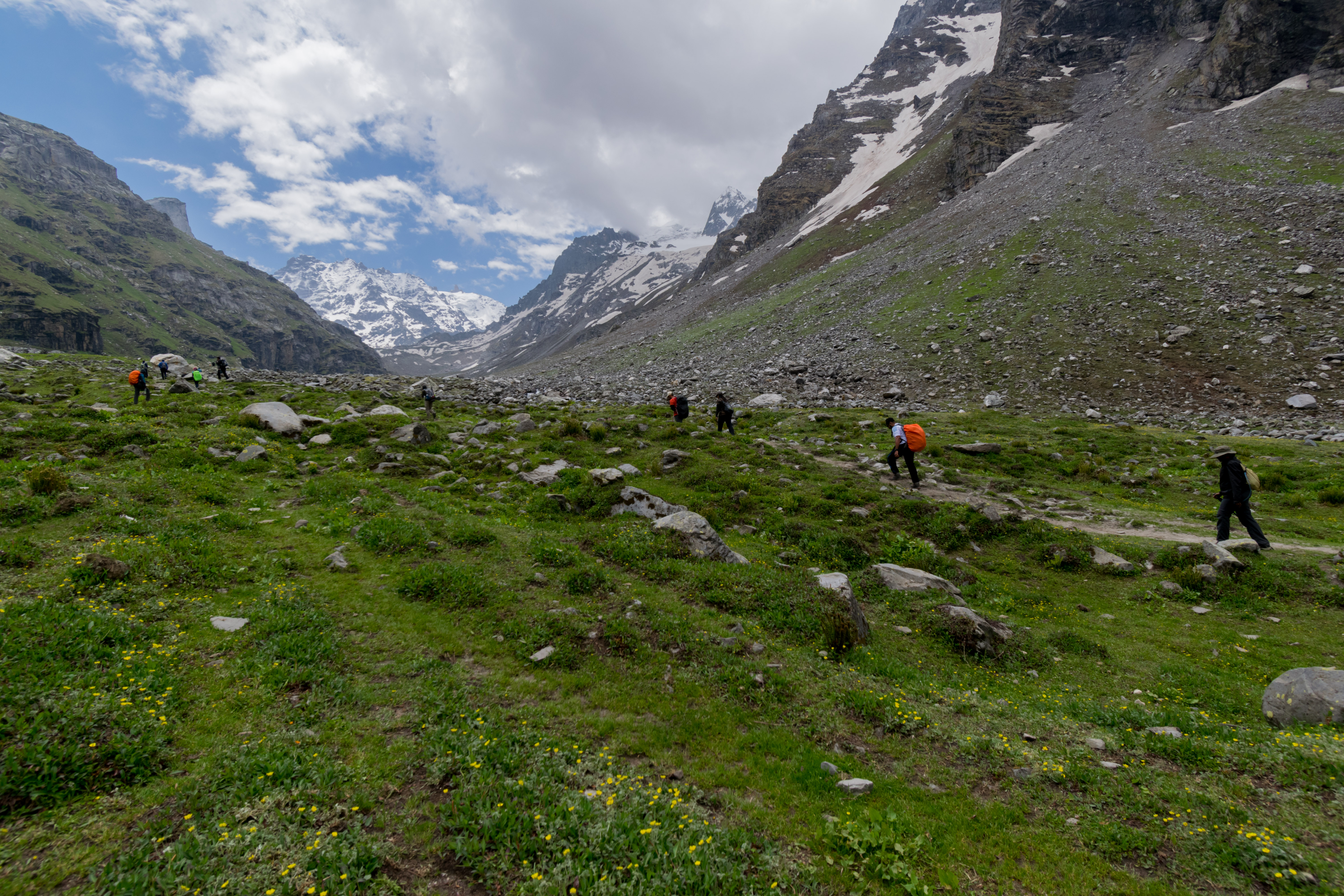
 About the trek
About the trek
Hampta pass is perhaps one of the most comprehensive treks one can go on! The starting point for this trek is the beautiful town of Manali, nestled in the Kullu valley. While on this trek you walk through beautiful coniferous forests and lush green meadows, camp right next to a river, experience the thrill of a river crossing, climb through snowfields to cross a high altitude pass and enter a cold desert (Lahaul-Spiti).
About the area
This trek lies in the Kullu and the Lahaul valley of Himachal. The Kullu valley is a prime tourist and adventure destination. It’s unparalleled beauty along with easy accessibility has attracted many adventurists. No wonder some call it the Chamonix of India. The language the people speak here is called Kulvi. Apple is the major cash crop and the whole valley turns red in August!
Expected weather
- Chances of rain/Hail – Moderate rainfall can be expected.
- Snow on trail- Possible on the pass.
- Temperatures – Afternoon – 15 degrees, Nights – Around zero degrees at higher camps (June) – 5 (October)
- Day 1: Arrive at Manali
Reach Prini by 10:00 AM. Drive to Jobri (We will organize lunch and transport from Prini). Trek to Cheeka campsite;
Trek Distance - 4 Kms , Trek Time -2-3 hours
Flat walk through forest takes us to the campsite. - Day 2: Trek from Cheeka (3060 mts) to Balu ka Ghera (3781 mts)
Trek Distance - 6 kms, Trek Time - 6 hours
Starting with a gradual ascent we move towards our campsite, high chances of walking on snow bridges today! Overall its an easy-peasy day! - Day 3: Trek from Balu Ka Ghera (3781 mts) to Shea Goru (3733 mts) via Hampta Pass (14,035 ft)
Trek Distance - 7 kms, Trek Time - 9 hours
Today is the D day! We start with a gradual ascent, as we get closer to the pass, the ascent gets steeper. Enjoy some time at the pass with the majestic views of Deo Tibba, and Indrahasan. Coming down from the pass by a steep descent, we reach the most beautiful campsite of this trek - Shea Goru! - Day 4: Trek from Shea Goru (3733 mts) to Chatru (3320 mts)
Trek Distance - 7 kms, Trek Time - 5 hours;
Drive from Chatru to Chandrataal and back; 4-5 hours drive. - Day 5: Drive from Chatru to Manali after breakfast.
You are expected to reach Manali around 6:00 - 7:00 pm
- All accommodation and food from Manali to Manali.
- Rentals for all common gear provided to you like tent, sleeping bags etc.
- Forest entry permission charges.
- Guide and expertise charges.
- 5% GST
- Meals or drinks purchased by participants during the travel or trek (example biscuits, fruits etc)
- Rentals for personal gear (Refer things to get section)
- Trek insurance (optional)
- Travel to Manali and back
- Backpack offloading charges. You are expected to carry your own backpack. Trekkers unable to do so can opt for a porter service at ₹400/day
Manali is well connected from Delhi/ Chandigarh. You have regular bus service from both Delhi and Chandigarh. The nearest airport is Kullu. One can take a cab from Kullu to Manali which costs approximately 2000 INR. You also get regular bus service from Kullu to Manali.
Note, it is advisable to book a cab to avoid inconvenience.
Yes, this trek is ideal for first timers provided you train well.
A certified trek leader, a guide, cook & porters will accompany you during the trek.
No network soon after we leave Manali.
No. Guests are expected to carry their own power banks.
In all the camps where the accommodation is in tea houses/ home stays, there will be proper toilets. The toilets are mostly western, in case if they‘re Indian, then we try to provide a toilet seat most of the times.
On the day of camping, we will have toilet tents (with a dry pit toilet), the most hygienic way of answering nature’s call.
A dry pit toilet is an eco-friendly sanitation solution featuring a pit dug into the ground, topped with a toilet seat and a wrought iron stand. Near the toilet, a pile of mud, sand, or coco peat is provided for covering waste after use, facilitating rapid breakdown of fecal matter due to increased microbial activity. This method eliminates the need for water, thereby preventing contamination of nearby water sources, as water toilets are prohibited at campsites.
While toilet paper is available, please use it sparingly to avoid overloading the pit, which can take years to decompose. Please refrain from using wet wipes as they are not biodegradable or use biodegradable wipes.
Through the trek, there are no bathing facilities at campsites. Trekkers often take advantage of running streams to freshen themselves up.
You will be sleeping in twos or threes in your tents in sleeping bags. The sleeping bags are snug and comfortable. We will be providing inflatable pillows.
We’ve been organizing treks for over five years and have had many female trekkers trek with us. In fact, a lot of them come solo for treks. There has never been a complaint about the atmosphere of a trek, about other trekkers or our professionalism. They have all been kind enough to leave a review.
Yes, you are ideally expected to carry your backpack. But you do have an option of offloading your bags on a mule for an additional cost. The cost will be INR 400/ per day per bag (weight not exceeding 8kg). One is expected to inform us about offloading 1 week prior to the trek.
1. Good Sturdy Backpack: Prefer a trekking pack over a backpacking one. The size of the backpack depends upon the participant. Normally for a 5-6 day trek a 40-50 litre pack should suffice.
2. Shoes: Any waterproof trek (not hike) shoe would be ideal.
3. Socks: 3 pair cottons and 2 pairs of woollens.
4. Trek pants (ideally water resistant): They are very important and help you a great deal on your trek. You can get two quick dry summer trek pants. If you don’t have a trek pants, you can replace it with Gym track pants. Don’t trek in Jeans/ Pants.
5. T-shirt/ Base layer: One can get 2 T-shirts/ trekking base layer on the trek, one of which can be full sleeved. Avoid cotton and prefer dry fit.
6. Fleece/ Sweater/ good quality Hoodie: 1 fleece jacket or sweater. Fleece is preferred over sweater (or hoodie) as it is lightweight and easy to carry. Sweaters and Jackets can be heavier than Fleece for the warmth they offer.
7. Down/ Padded Jacket – Down/ Padded jacket (Upto -5 degrees). If you don’t want to get a padded/ down jacket, get two fleeces.
8. Cotton track pants for camp – These are specifically for cold evenings at the campsite. This can be ignored if you are comfortable wearing your trekking pants in the camp.
9. Thermals: 1 pair. We wear thermals only upon reaching the campsite not while trekking.
10. Windproof Jacket: All rain proof can be used as wind proofs. Required as an additional layer during trekking in windy conditions. Avoid if you have a rain proof jacket.
11. Rainwear:
Option 1 – Rain set: One Waterproof jacket (3000 mm waterproofing), Rain proof pants and Bag cover
Option 2 – Poncho: Covers your body and bag completely.
We recommend Option 1 as poncho makes trekking difficult.
12. Woolen Cap/ Balaclava-1: To cover your ears, head and neck. Get one woollen cap and one neck warmer or balaclava.
13. Neck Warmer/ Scarf - 1: For evenings. Avoid if you are comfortable using a Balaclava.
14. Gloves: 2 gloves out of which 1 can be waterproof and one woollen. The waterproof one has to ideally be larger than you normally use so that you can wear both your gloves together if required.
15. Suncap – 1
16. Sunglasses – 1
17. Toiletries – Also include sunscreen, moisturizer and lip-cream
18. Headlamp/ Torch -1. Preferably head lamp.
19. Trekking pole
20. Two water bottles (1 litre each) – One can also get a hydration pack.
21. Camp shoes/ Flip flops for camp
22. Plastic covers for inside the backpack to keep your clothes dry
23. Daypack – Required if you have a summit days climb. Preferably one that can be compressed.
24. Documents: 2 passport sized photograph, Address and Photo proof (Driving License or Aadhaar card), Doctor’s medical certificate saying that you are fit for the trek. We reserve the right to not take you on the trek if you fail to produce this.
25. Trekking pole
You can prepare for the trek with a combination of Cardio & Strength activities
2-3 kms slow jog OR 5-6 kms of brisk walking OR 10 kms cycling. Pace is not important, consistency is important (non-stop jogging/running/cycling)
Squats 15 x 3, Lunges 15 x 3, Calf raises 15 x 3
All of the above at least 4 times a week
Climbing stairs 15-20 floors with backpack (At Least once a week)
Meals will be provided by us. However you may carry snack items too much on like dry fruits, biscuits, chocolates, protein bars, or nuts.
Most wild animals are naturally wary of human activity and prefer to stay in more remote, quieter parts of their habitat. Here’s why wild animals typically do not approach camps.
The common perception is that alcohol makes you feel warmer, however it also dehydrates you & dehydration can be fatal while trekking. Hence consumption of alcohol is prohibited. Smoking in camps is not allowed.
If you cancel –
– 60 days before the trip: we can process a complete refund minus minimum processing charges.
– Between 30-45 days before the trip: you will be refunded 50% of the trek fee.
– Within 30 days before the trek starts: No refund.
– If your spot is replaced in a full batch: we will process a complete refund after canceling minute operational charges. (For fixed departures only)
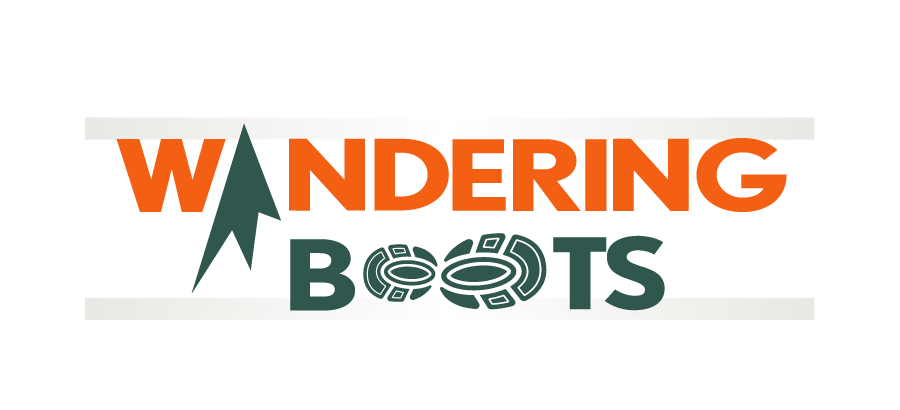
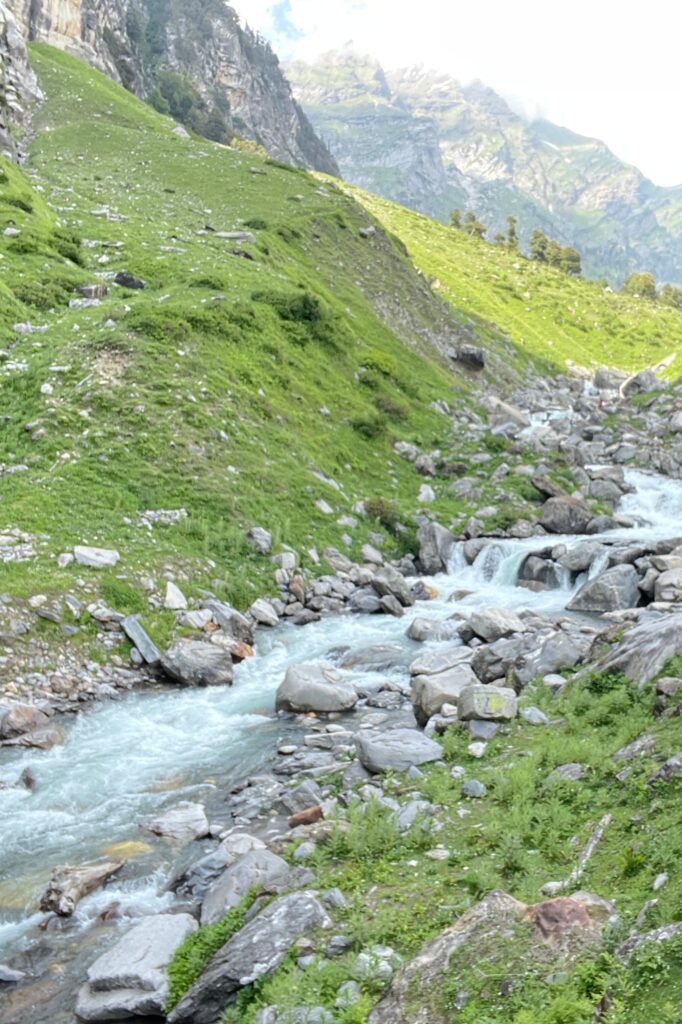
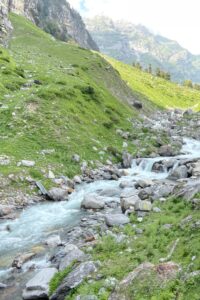
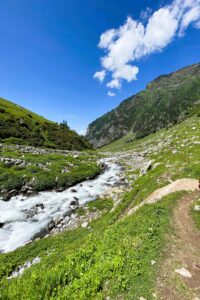
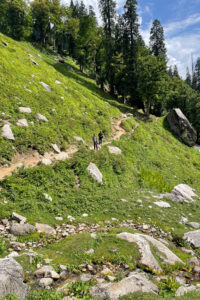
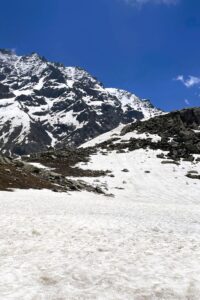
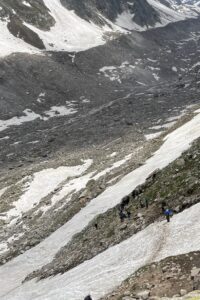
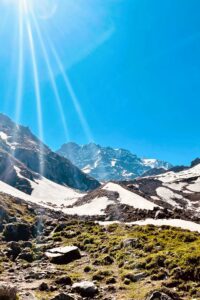
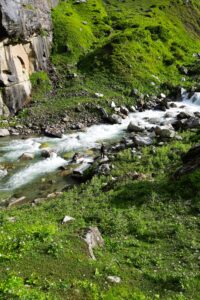
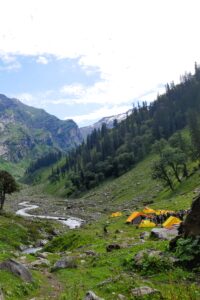
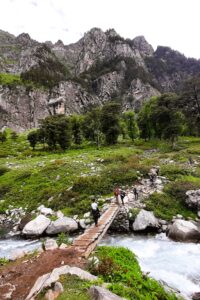







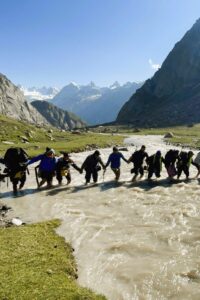
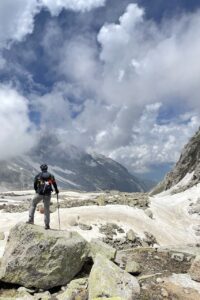
There are no reviews yet.